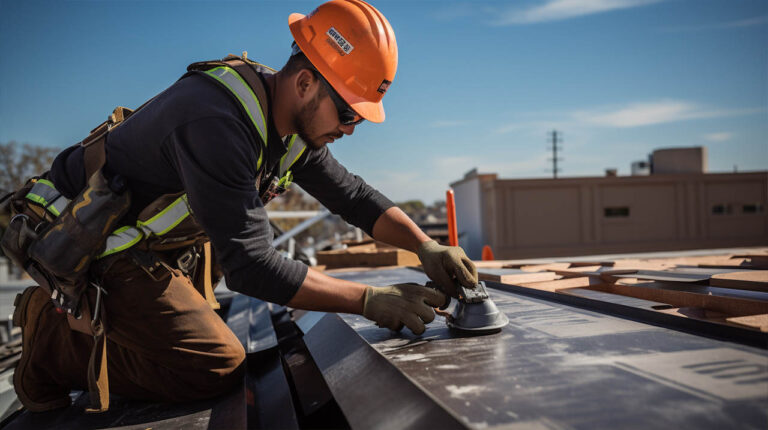Roofs are a home’s first line of defense against the elements, and their structural integrity is paramount. Ensuring that your roof is securely connected to the walls can make a significant difference in the face of severe weather conditions. Here, we delve into the importance of roof-to-wall connections and provide insights into strengthening them, keeping in mind the latest industry standards and practices.
The Evolution of Building Codes
In the aftermath of Hurricane Andrew in 1992, Florida witnessed a transformation in its building codes. While initial changes were primarily focused on new constructions, attention soon shifted to existing homes. The state introduced mandates for upgrades to older homes, especially when certain parts underwent remodeling. One such pivotal upgrade was the reinforcement of the connections between the roof and wall framing.
When is Reinforcement Required?
The need for reinforcement arises during a roof covering replacement for specific houses. The criteria include detached single-family homes valued at $300,000 or more located in the “wind-borne debris region.” This region is characterized by wind speeds exceeding 120 miles per hour, covering a significant portion of Florida.
If a house meets these criteria, the connections binding the rafters or trusses to the wall plate’s top must undergo an inspection by a licensed engineer. Based on the inspection, reinforcements might involve installing new hardware or adding nails to the existing setup. Following the reinforcement, a local building official must inspect the attachments.
The Importance of Retrofitting
Historically, rafters and trusses were secured with a few toenails, a method vulnerable to high winds. Over time, while hurricane clips became a popular choice, their inconsistent application rendered them less effective. Strengthening the roof’s critical corner sections is a significant step towards enhancing a house’s structural integrity. This reinforcement ensures that the house acts as a unified structure, rather than isolated components susceptible to wind damage.
Inspecting and Upgrading the Roof-to-Wall Connection
The first step in the reinforcement process is determining the existing connection’s strength. In some cases, these connections are easily visible in unfinished areas like garages or attics. However, in other instances, specialized tools like camera probes might be required for inspection.
If the inspection reveals the need for hardware additions, there are multiple methods to gain access. One approach involves removing roof decking at the eaves, while another suggests cutting rectangular openings just above the reinforcement point. Alternatively, soffits can be removed to work from below.
For accessible areas, connectors like the Simpson H1 clip are recommended. In more challenging scenarios, the HGA10 Hurricane Gusset Angle connector is a suitable choice.
Making the Right Connections
For gable-end roofs, the initial focus should be on securing roof-framing members within 6 feet of each corner. For hip roofs, the emphasis is on connecting hip and girder rafters or trusses to exterior wall plates. The specific guidelines vary based on the roof’s design and structure.
Conclusion
Ensuring the robust connection of your roof to the walls is not just a regulatory requirement but a crucial step towards safeguarding your home. At TecHero Roofing, we prioritize your home’s safety and durability. Whether you’re looking for roof repair in North Hills or seeking a trusted North Hills roofer, our team is equipped to provide top-notch roofing services in North Hills CA. Remember, a well-connected roof is more than just a shelter; it’s a promise of security.


